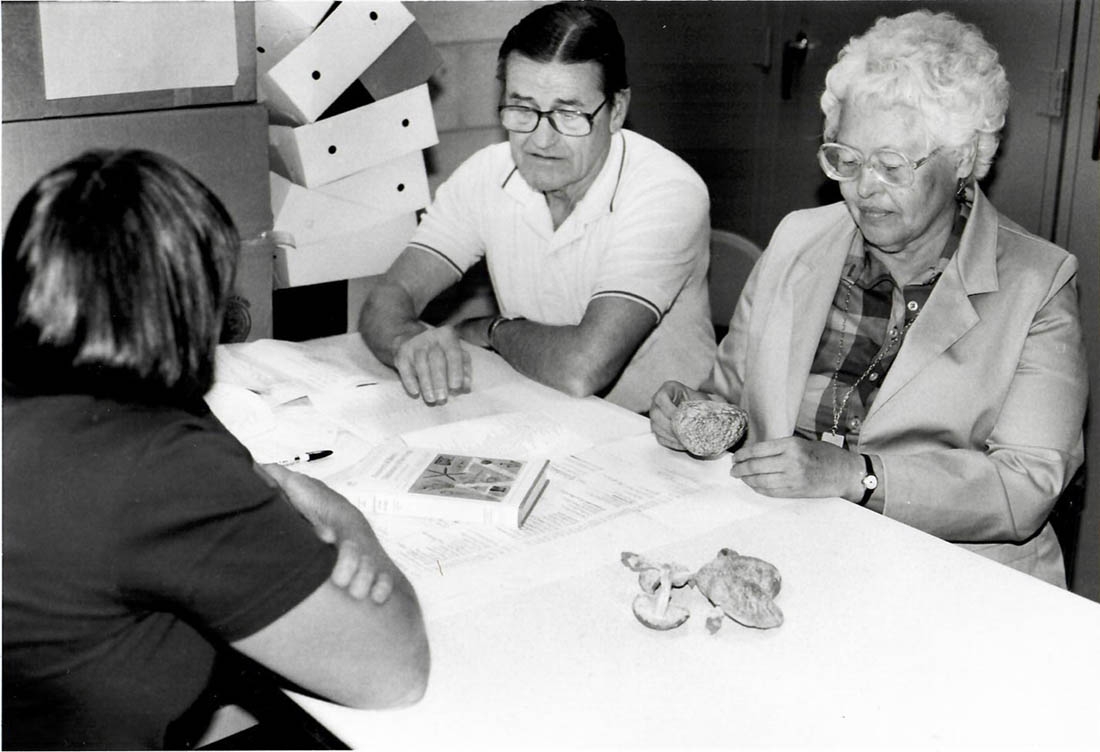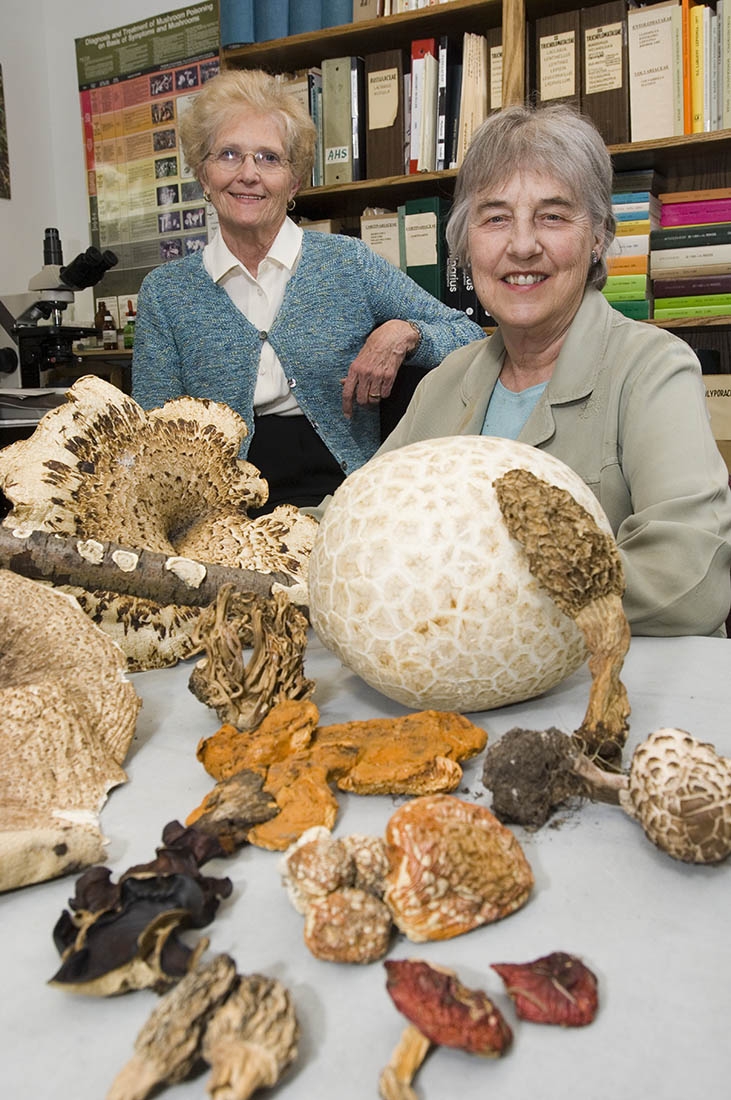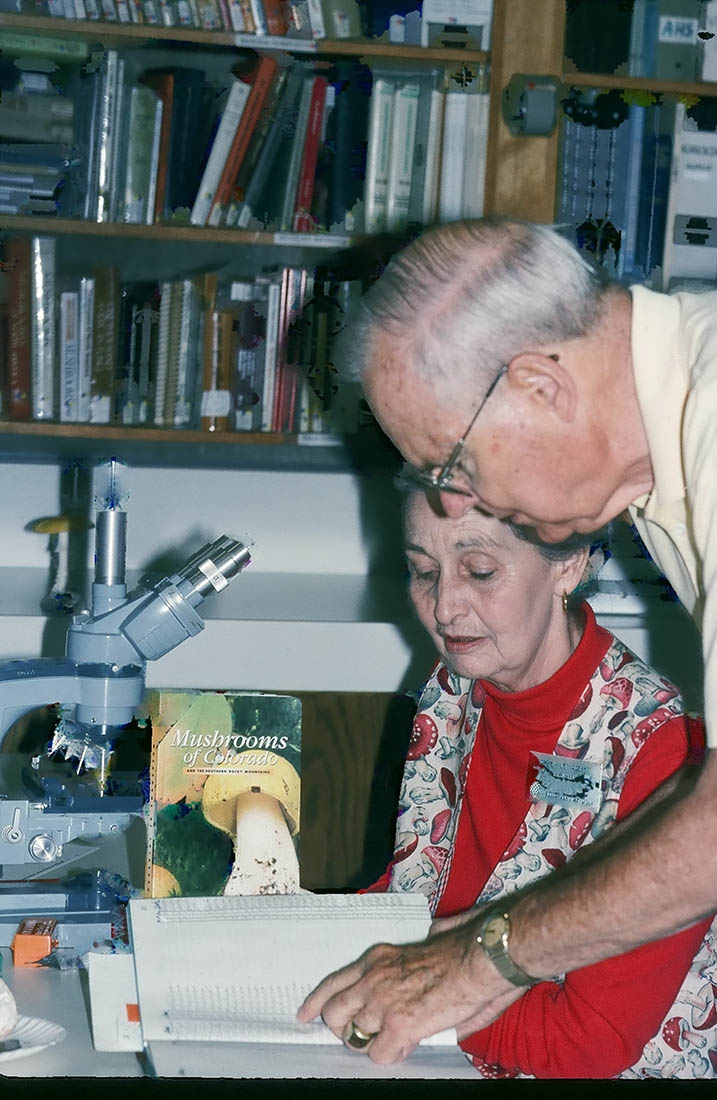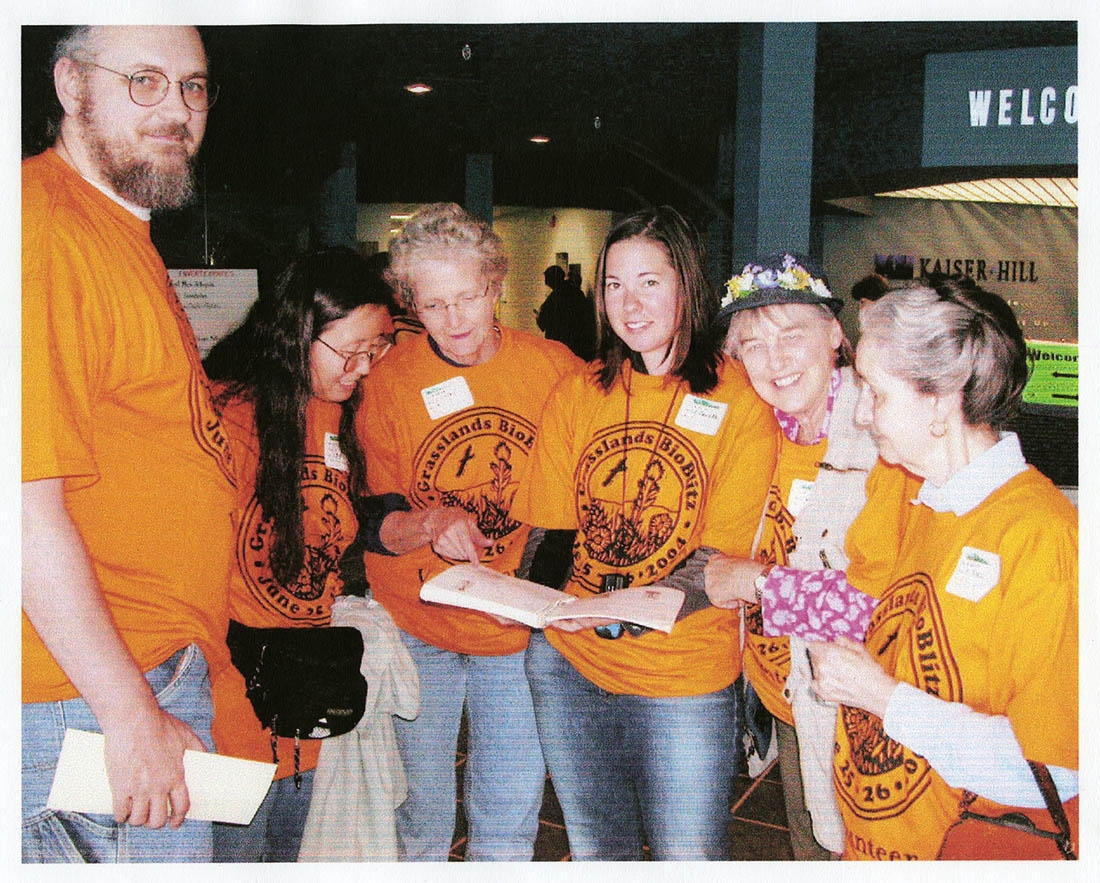Appreciating Mycology Volunteers
Author Sherry Anderson has a quote that sums up the value of volunteers quite well: “Volunteers don’t get paid, not because they’re worthless, but because they’re priceless.”
We in the Research & Conservation Department are consistently humbled by all the support we receive from our volunteers. We will always express our appreciation because of how much they have contributed to our department over the years.
For more than 50 years the development of the Sam Mitchel Herbarium of Fungi has largely been driven by volunteer contributions. This collection is unique among North American fungaria (e.g. fungal herbaria) in that it is the most comprehensive representations of Rocky Mountain macrofungi in the world. The fungarium’s founder, Dr. Duane H. (“Sam”) Mitchel, originally started the collection as a hobby. It was because his patients were important Denver Botanic Gardens benefactors that his interests found a home at the Gardens.
Whether we consider Sam a volunteer is subtext to all the people that he inspired, educated and mentored at the Gardens. These were the people that developed the Herbarium of Fungi into what it is today. From Shirley Chapman to Rosa-Lee and Bob Brace, a significant portion of the specimens in the fungal collections are there because of mycology volunteers. Emeritus Curator Vera Evenson was originally a volunteer for Sam, and later became the collections curator. Vera would go on to write the seminal guide to Colorado’s mushrooms, “Mushrooms of the Rocky Mountain Region.” Today, there are over 5,000 specimens in the Sam Mitchel Herbarium of Fungi collected by Vera, more than any other person’s contribution.
The Gardens’ volunteers have had an important influence on the history and culture of Colorado mycology. The Colorado Mycological Society started through the work of Sam and his volunteers. Many of these same volunteers were important participants in the original Aspen Mushroom Conferences of the 1970s where medical doctors were educated on mushroom identification and how to diagnose mushroom poisonings. These series of conferences are often credited for inspiring the Telluride Mushroom Festival.
Today, the Sam Mitchel Herbarium of Fungi receives a lot of interest from prospective volunteers, and we try hard to support this interest. This is because we understand the massive potential volunteers can have toward our department’s core motivation to “Investigate and explain biodiversity patterns and processes.” Colorado’s fascination with mycology has grown significantly over the years, and it’s humbling to think that this interest started with a small group of the Gardens’ volunteers, all inspired by their common love of mushrooms.
Gallery





Add new comment